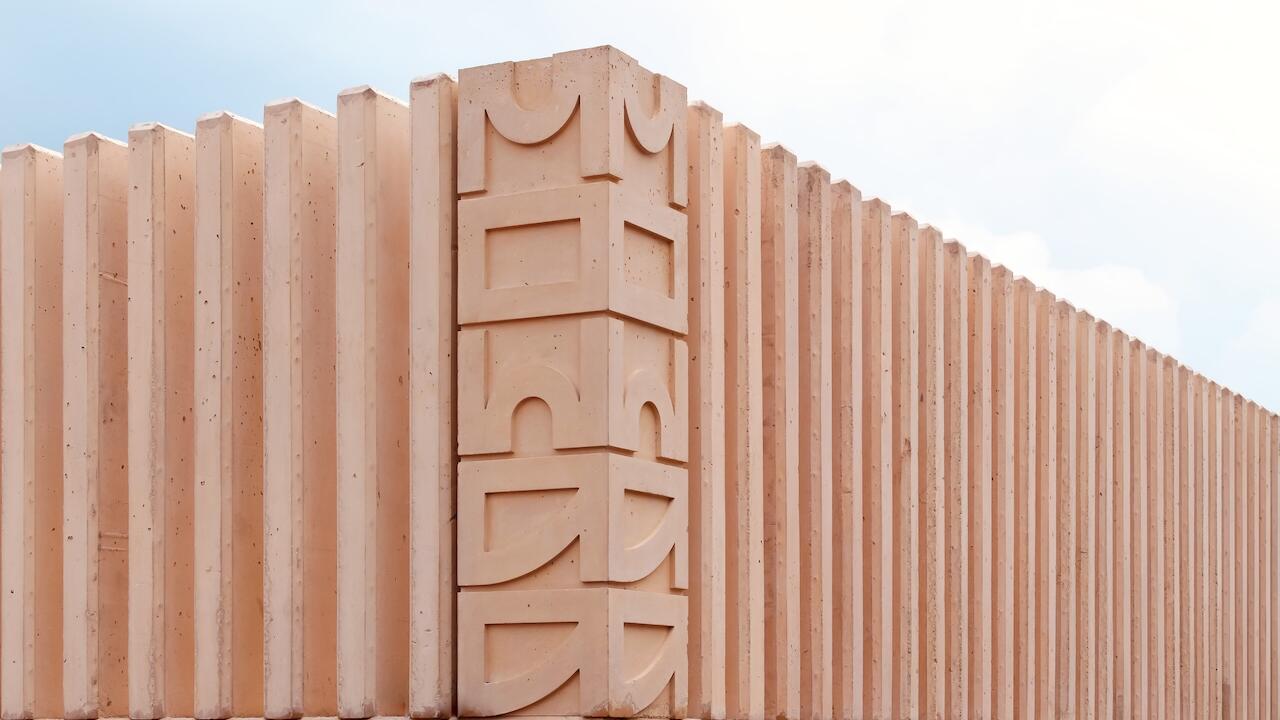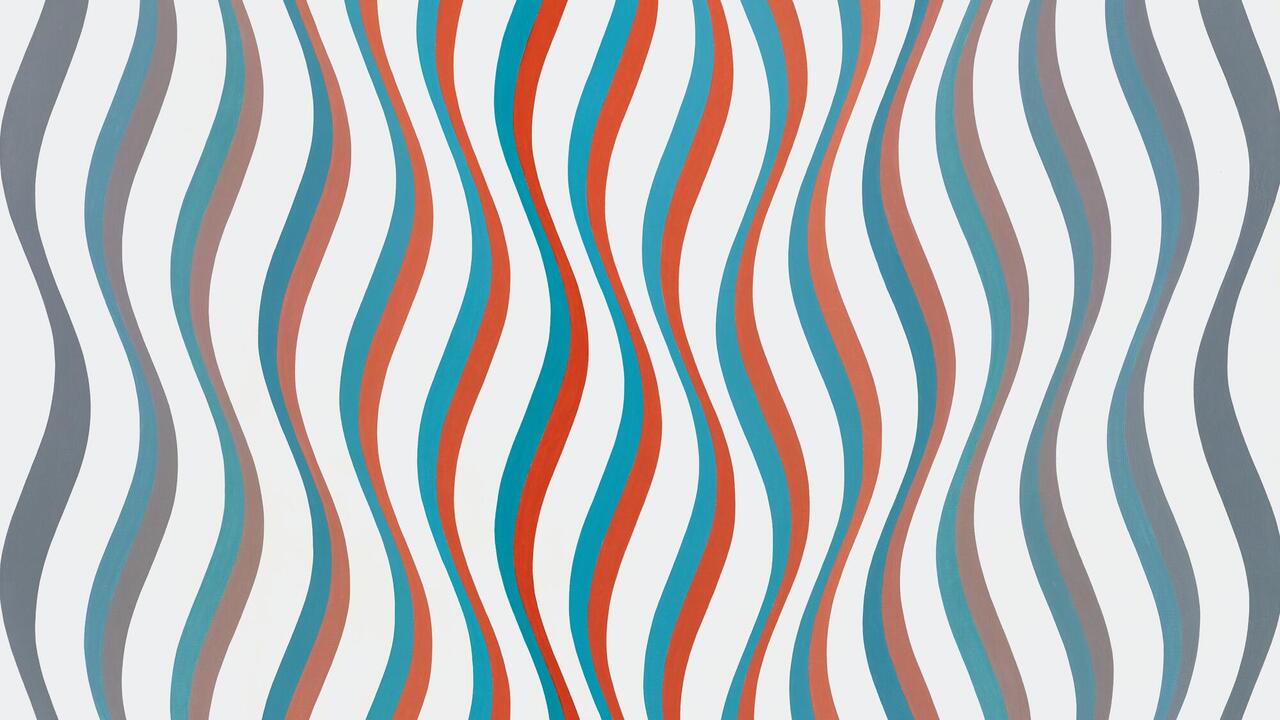Claudia Comte
BolteLang
BolteLang

Claudia Comte’s first solo exhibition at BolteLang, If I were a rabbit, where would I keep my gloves?, takes its title from the 1951 Disney adaptation of Lewis Carroll’s Alice in Wonderland (1865). Though not verbatim Carroll, the phrase encapsulates the challenges Alice encounters in Wonderland, whose rules are indeed rational but nonetheless based on altered fundamentals. As if one could imagine a world without gravity, or, in Comte’s case, rewrite the rules and history of painting.
In the gallery five low, high-gloss, oblong plinths provide bases for Flips 1–5 (all works 2013), six dark-stained oak sculptures in sausage-like forms that Comte herself carved with a chainsaw and then sanded tirelessly, creating surfaces so smooth they beg to be stroked. As the titles suggest, these are not prostrate but appear to bounce from their plinths, like possessed wieners or whales leaping out of water, with amusing fecal connotations, too. The more solemn Bumpy Grumpy 2, 4, 5 and 6/6 sit on shiny plinths at a traditional height; each is a sculpture of unstained black locust wood (which, despite the name, is pale). They approximate three-fingered hands, or maybe roosters’ combs, with voids at their centres. Placed in a diagonal line, they seemed as stolid and self-evident as a row of trees, as if rooted to the gallery floor for decades.
Surrounding these were six modular paintings, each an arrangement of multiple canvases spaced out on the wall. In several cases, like Mary Pickford and Red Snapper, both buzzing with colour, Comte painted these as one abutting surface before dismantling them. Each of Pickford’s eight vertical panels is a strip, beginning with yellow and moving gradually through apple green to deep racing; now spaced out horizontally every second strip had been rotated to make the work an accordion pleat of heavy and light hues. Frozen Matador is, in contrast, blocked colour: an orange rectangle with two thick black diagonal lines from the corners that cross in the middle; this too had been pulled apart, this time into twelve narrow canvases hanging vertically, apart from those on the right hand side leaning in to the left, as if trying to topple the lot like dominoes.
By borrowing from Lewis Carroll, Comte constructs an alternate universe, where the audience is comprised of innocents with few preconceptions, little ideological baggage and a complete willingness to be credulous. This ideal audience might not necessarily understand that the artist is the undisputed author of the product. Indeed these paintings can be rearranged as their buyers see fit. This ideal audience may not know the story of Swiss Concrete art, whose recent exemplars such as John M Armleder or Olivier Mosset are no doubt among Comte’s influences. So even though her paintings are made with precision and her wooden sculptures are the result of countless hours’ hewing and sanding, Comte reinvents and thus reinvigorates her Minimalist heritage, brushing aside her predecessors’ dusty solemnity and presenting their legacy as an irreverent and joyful school. In this exhibition, equilibrium was not about furrowed brows and concentration, but rather about rediscovering the see-sawing fun of balancing alternate worlds.














